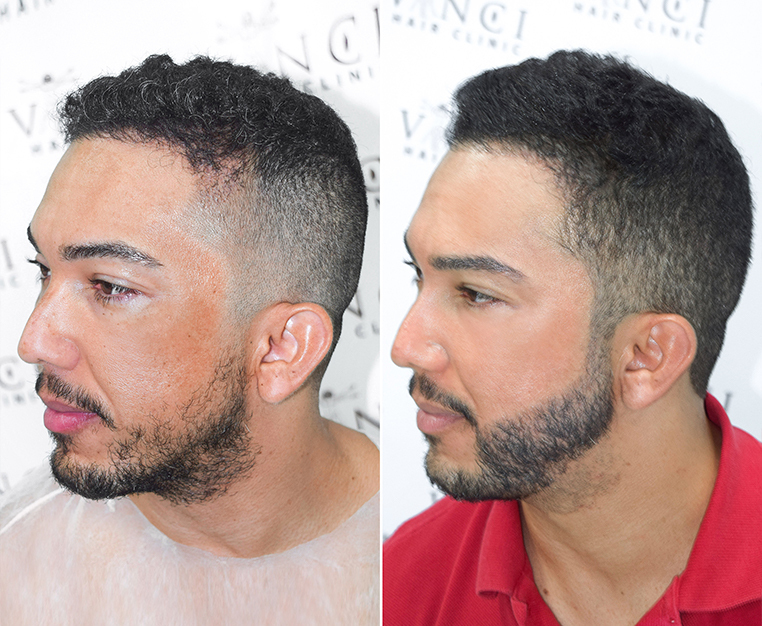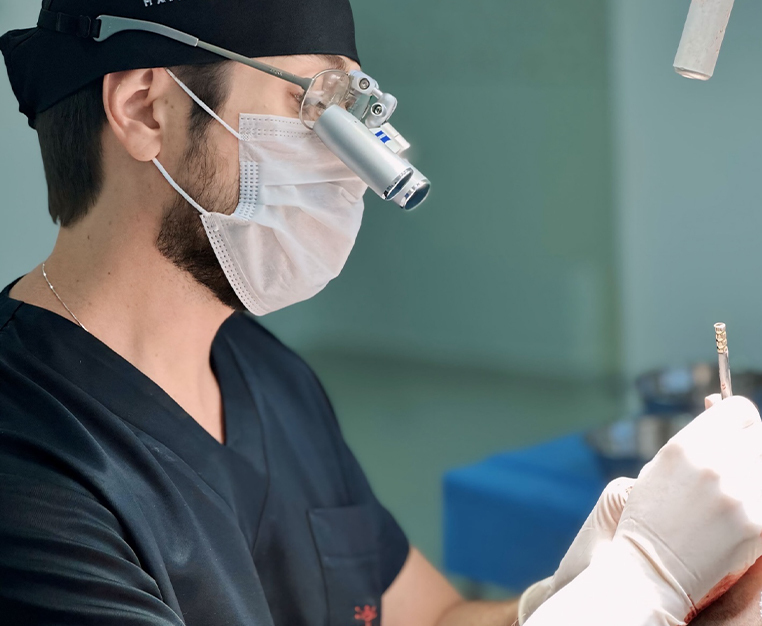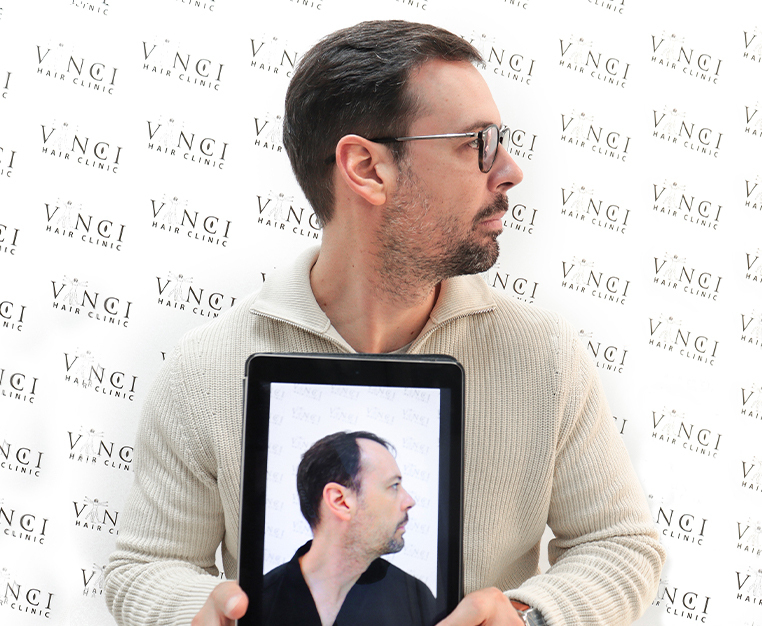When it comes to romance, the ring finger has huge significance for both men and women. Its role as the bearer of engagement and wedding bands has made it a symbol of fidelity and commitment, celebrated in both poetry and song. Breaking news, guys and gals: a man’s ring finger may be giving out more information about him than just his marital status. It could also be a predictor of whether or not he’s going to lose his hair. Who knew?
Read on to find out what the scientists are saying about the relationship between a man’s ring finger and his hair!
Digit Ratios
Digit ratio research is a legitimate, if contentious, field of study that has generated much interest in recent years. The digit ratio refers to the relative length of a person’s fingers and has been linked to a variety of traits, health conditions, cognitive abilities and behavioural tendencies. Hair loss, it turns out, may be one of these.
Several studies have looked at the relationship between a man’s fingers and hair loss, specifically examining the ratio of the length of the ring finger to the index finger (referred to as the 2D:4D ratio) and its association with male pattern baldness.
A recent Taiwanese study of men with androgenetic alopecia found a correlation between the lengths of the index finger and the ring finger on the right hand. Lead researcher Dr Ching-Ying Wu explained that ‘the lower the right-hand second-digit to fourth-digit ratio, the greater the risk of developing alopecia.” In such a scenario, the study found, male baldness could be six times as likely.
The results support the findings of other studies undertaken in recent years which have concluded that men with a longer ring finger relative to the index finger are more likely to have male pattern baldness than those with a higher 2D:4D ratio.
All these studies have been small-scale, and more research is needed to confirm their findings and understand the underlying mechanisms behind any observed relationship. It’s also important to remember that other factors such as genetics, hormonal imbalances and environmental factors are major contributors to hair loss.
One theory behind the 2D:4D ratio correlation is that the length of a man’s ring finger is determined by the amount of exposure to testosterone he experienced in the womb. Let’s look at why that might be important.
Testosterone and Male Baldness
Testosterone is associated with male baldness because it plays a key role in the development and growth of hair follicles in men. Hair follicles are the structures that produce hair, and they are sensitive to the effects of androgens, a class of hormones that includes testosterone.
In men genetically predisposed to male pattern baldness, hair follicles in certain areas of the scalp (such as the temples and crown) are more sensitive to the effects of androgens. When testosterone levels rise, the hair follicles in these areas shrink and produce thinner, shorter hair. Over time, the hair follicles may stop producing hair altogether, leading to baldness. It’s important to note, however, that not all men with high testosterone levels experience hair loss, and not all men with male pattern baldness have high testosterone levels; other factors are also at play.
Should I be Worried?
If, at this stage, you find yourself staring anxiously at your hand, then relax! As we’ve noted, there’s still a lot of work to be done to establish a firm scientific basis for the 2D:4D ratio. Remember, hair loss is a complex condition that can have multiple underlying causes, and testosterone alone is not necessarily a reliable indicator of future baldness.
Baldness can be a scary prospect for many people. For the young, the idea of losing their hair at an early age can be particularly distressing. They may worry about how they will look, how others will perceive them and whether they will be able to find a romantic partner.
One (fairly substantial) crumb of comfort is that hair restoration treatments have never been as effective as they are today. If the worst does happen and you experience hair loss, there are remedies.
Final Thoughts
Future research will no doubt reveal more about the ‘long ring finger’ theory, but even if there turns out to be something in it, there’s no point stressing. At this stage, there’s little you can do about the testosterone you received in the womb! Keep watch for signs of excessive hair loss and speak to a hair specialist if you have any concerns.
Vinci Hair Clinic can help when it comes to hair specialists. As one of the leading hair restoration organisations in the world, we employ only the best in the business. On top of that, we offer a free, no-obligation consultation to all our new clients. Consultations can happen in person or by using photographs over the phone. Get in touch and book your appointment today!





